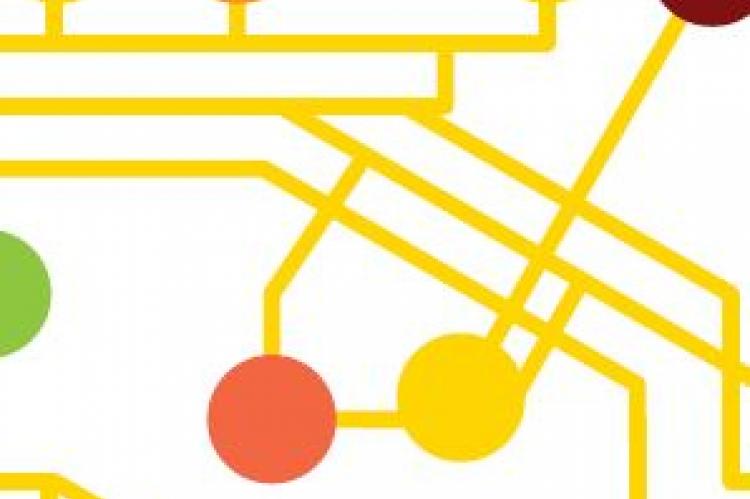Condition Assessment for Optimizing Gasunie’s Network Improvement Program

The 40 bar regional gas transportation network of Gasunie Transport Services (GTS) consists of, in addition to pipelines, valve stations, pressure regulating and metering stations and gas receiving stations. The majority of these stations have been built in the period 1960-1980. This raises questions on the remaining technical life-time of these stations and adequate measures to comply with safety and transport standards in the future. Gasunie has developed the Gasunie Network Improvement Program (GNIP) in which replacement of these assets is carried out, prioritised on their expected condition.
Gasunie use the Deming circle in order to identify lessons learnt from executing GNIP and verification thereof in the GNIP Verification Project (GVP). In the GVP, life-time critical parts of the replaced stations are inspected, in situ as well as in laboratories, in order to assess their actual condition. Lessons learnt and results from the GVP have led to adjustments in the program in terms of scope and pace. DNV GL has supported Gasunie with developing the GVP, has analysed all GVP results and recommended adjustments both for GNIP and GVP.
This paper gives first, as an introduction, a general overview of GNIP and GVP. Secondly, the results of the GVP will be presented with a focus on the integrity of valve stations and more specifically the design wall thickness of and the depth of corrosion defects found on D&S piping. Thirdly, the actions Gasunie has taken based on the GVP outcomes will be discussed.
